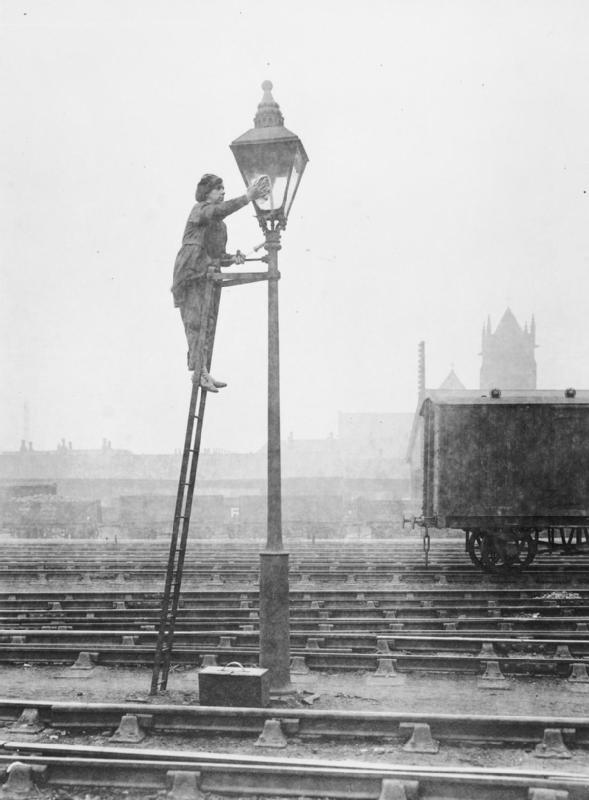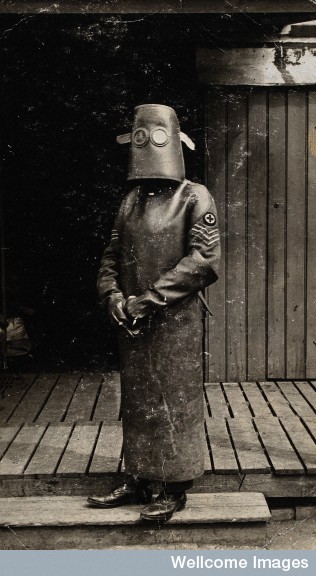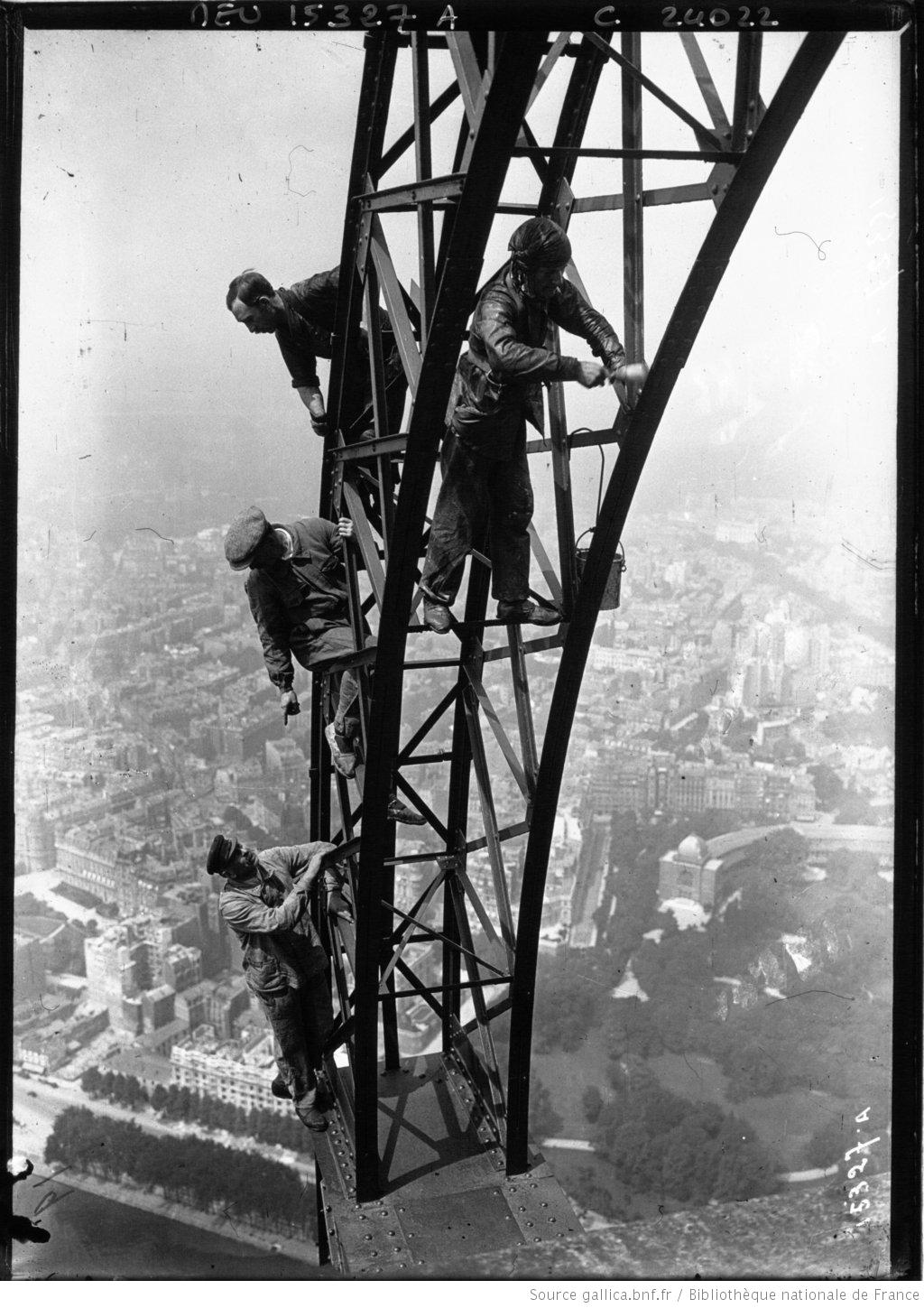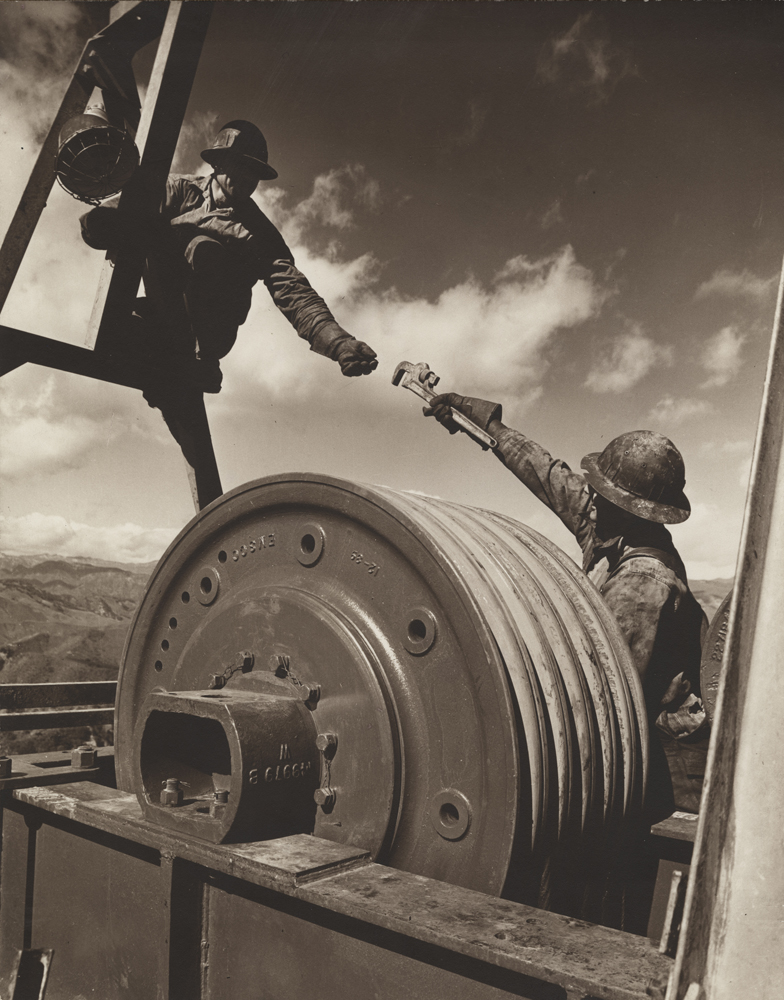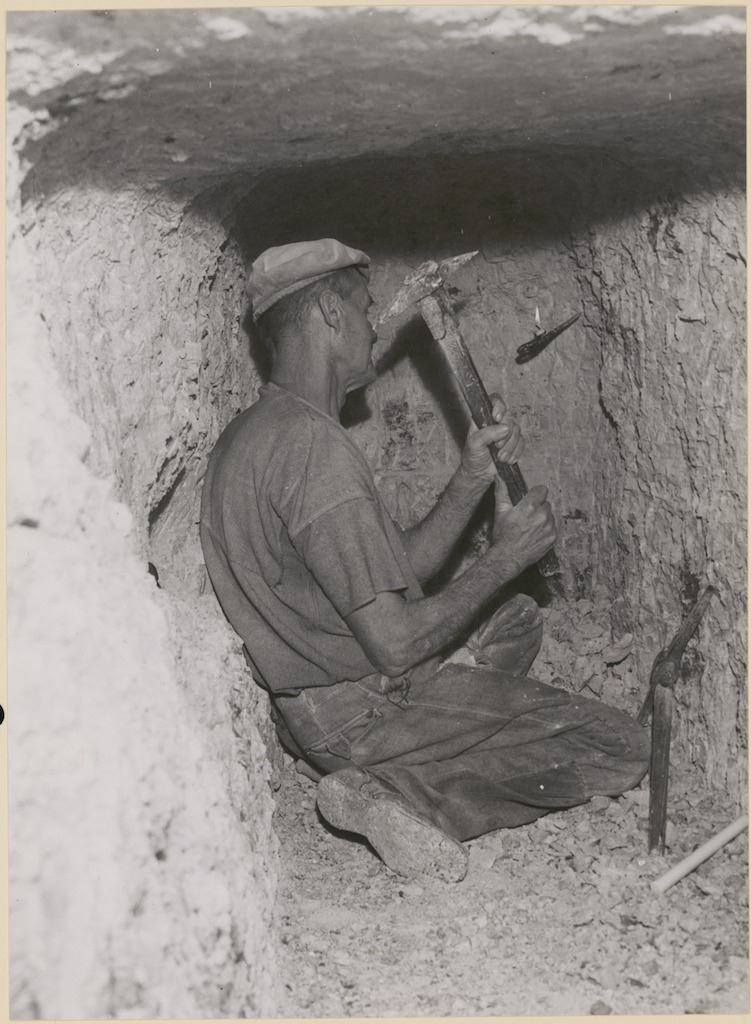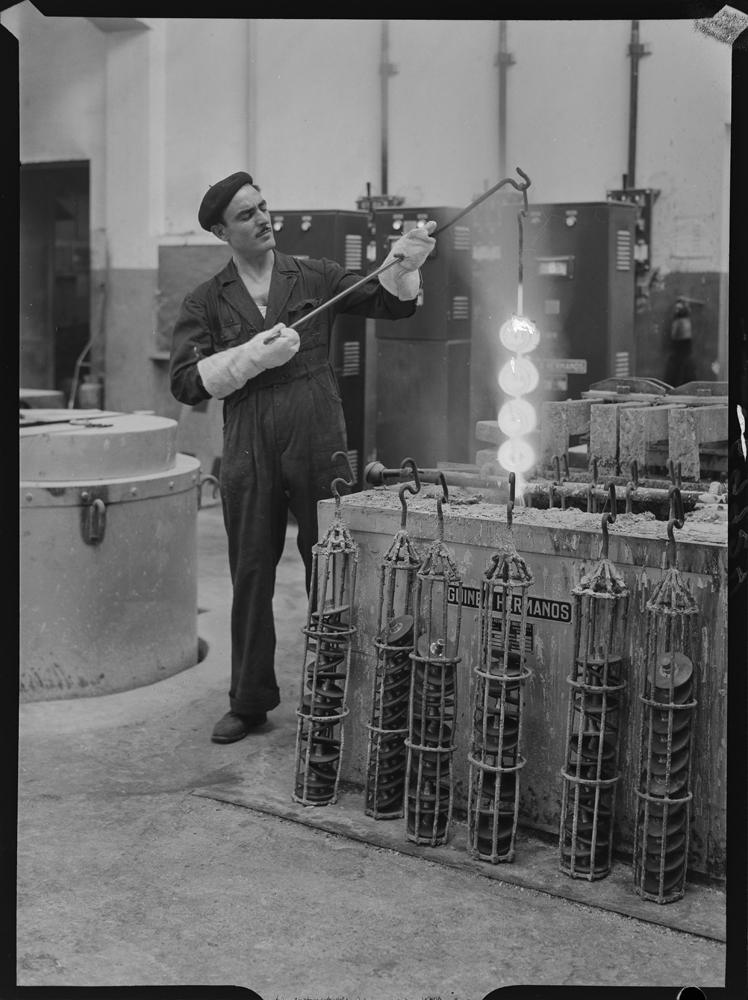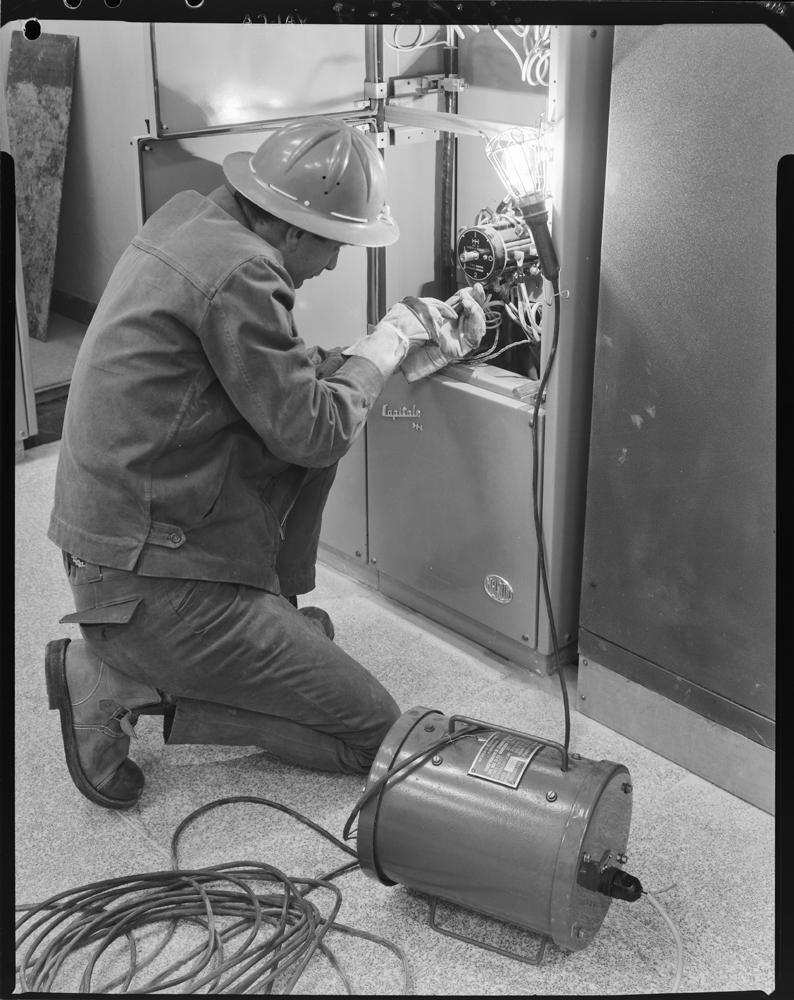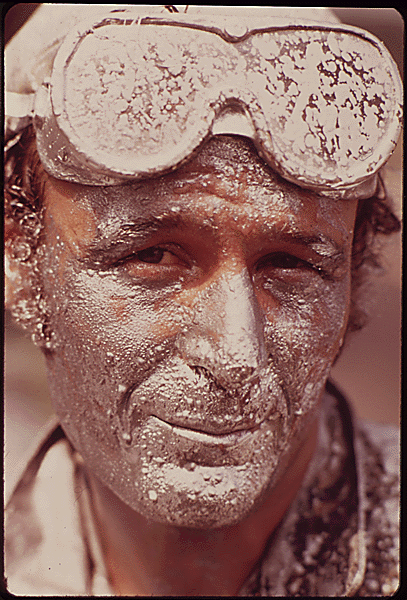NATIONAL INSTITUTE FOR OCCUPATIONAL SAFETY AND HEALTH (Estados Unidos) (2019). Evaluation of fire debris cleanup employees’ exposure to silica, asbestos, metals, and polyaromatic hydrocarbons. - INVASSAT
Atrás NATIONAL INSTITUTE FOR OCCUPATIONAL SAFETY AND HEALTH (Estados Unidos) (2019). Evaluation of fire debris cleanup employees’ exposure to silica, asbestos, metals, and polyaromatic hydrocarbons.
NATIONAL INSTITUTE FOR OCCUPATIONAL SAFETY AND HEALTH (Estados Unidos) (2019). Evaluation of fire debris cleanup employees’ exposure to silica, asbestos, metals, and polyaromatic hydrocarbons.
NATIONAL INSTITUTE FOR OCCUPATIONAL SAFETY AND HEALTH (Estados Unidos). Evaluation of fire debris cleanup employees' exposure to silica, asbestos, metals, and polyaromatic hydrocarbons [online]. Catherine Beaucham, Judith Eisenberg, aut. Cincinnati (Ohio): National Institute for Occupational Safety and Health, 2019. 54 p. [Consulta: 05.11.2019]. <https://stacks.cdc.gov/view/cdc/82199>. (Health Hazard Evaluation Report; 2018-0094-3355)
Resumen: Este informe de NIOSH recoge la investigación demandada por representantes sindicales y empresas sobre los riesgos del tratamiento por trabajadores y trabajadoras de la limpieza de escombros provocados por incendios forestales en California en 2018, que alcanzaron zonas residenciales, comerciales e industriales. En especial la exposición al asbesto, metales pesados, sílice cristalina respirable e hidrocarburos poliaromáticos.
Resum: Aquest informe de *NIOSH recull la investigació demandada per representants sindicals i empreses sobre els riscos del tractament per treballadors i treballadores de la neteja d'enderrocs provocats per incendis forestals a Califòrnia en 2018, que van aconseguir zones residencials, comercials i industrials. Especialment l'exposició a l'asbest, metalls pesants, sílice cristal·lina respirable i hidrocarburs poliaromàtics.
Abstract: "The NIOSH Health Hazard Evaluation Program received requests from construction company managers, representatives of two unions, and a government agency for the state of California concerning exposures to asbestos, heavy metals, respirable crystalline silica, and polyaromatic hydrocarbons during cleanup of structural debris and burn ash after wildfires spread into homes and business. When structures are destroyed by wildfires, hazardous materials may be left behind, which can impact workers cleaning up the area, the public, and the surrounding environment. After a wildfire in 2018, our evaluation of fire debris cleanup included observation of work practices, employee interviews, review of previous exposure assessments during wildfire debris cleanup work, and measurement of airborne exposures to respirable crystalline silica, asbestos, metals, and polyaromatic hydrocarbons, and skin exposure to metals and polyaromatic hydrocarbons. Many of the fire debris cleanup employees we evaluated were exposed to respirable crystalline silica. Two skid steer operators were exposed to concentrations above the ACGIH threshold limit value and the OSHA action level. Employees exposures to airborne asbestos, metals, and polyaromatic hydrocarbons were well below exposure limits. Employees' hands had detectable amounts of metals on them; most of the skin wipes had nondetectable amounts of polyaromatic hydrocarbons. We observed inconsistent use of personal protective equipment. We also observed instances where dust suppression with water was not used. Although noise level measurement was not included in our assessment, noise from construction equipment could expose operators and laborers to noise levels above the NIOSH recommended exposure limit. To address the silica overexposures, we recommended consistently using water spray to reduce dust, developing a silica medical surveillance program, and educating employees on silica and silicosis. We recommended the construction companies ensure consistent and proper wear of personal protective equipment. Additional recommendations included (1) evaluating employees' noise exposures; (2) adding handwashing facilities; (3) requiring employees to wash their hands before eating, drinking, or smoking; and (4) discontinuing use of latex gloves."




